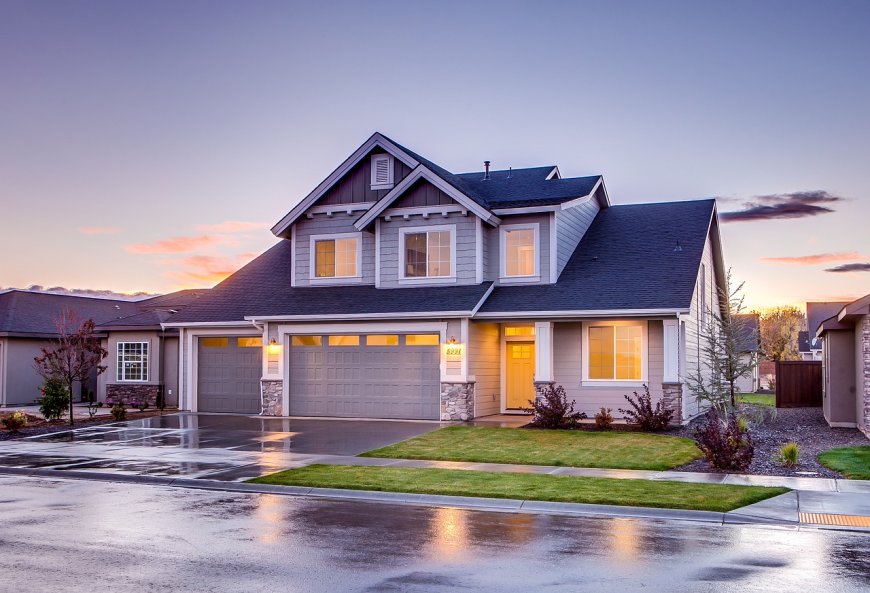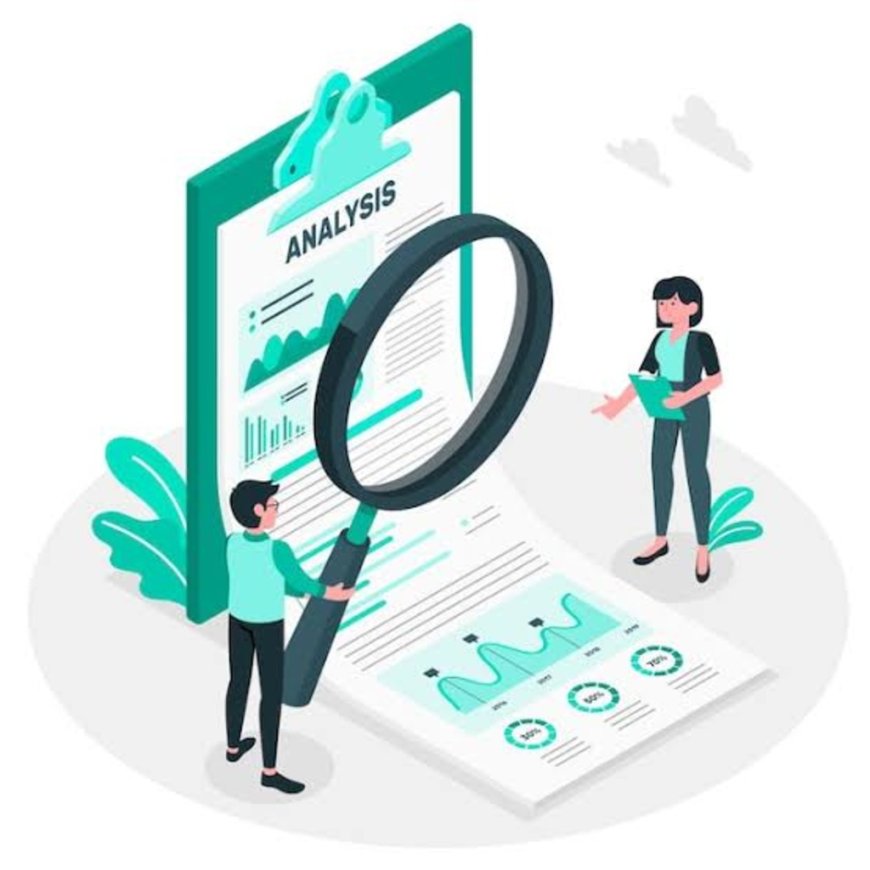How to buy House with low Income
Buying a house with low income is possible through various programs, including down payment assistance, FHA loans, and government grants. With the right guidance and budgeting, low-income buyers can secure affordable mortgage options and achieve homeownership.

How to buy House with low Income
Buying a house with a low income is challenging, but it’s definitely possible with the right strategy, planning, and persistence. Here are practical steps to help you navigate the process of purchasing a home on a low income:

1. Evaluate Your Budget
- Calculate how much you can afford: The general rule is that your monthly mortgage payment should not exceed 25-30% of your monthly income. Don’t forget to factor in other costs like taxes, insurance, and maintenance.
- Use an affordability calculator: Online calculators can help you estimate how much house you can afford based on your income, debts, and other financial factors.
- Consider a smaller home: Look for a home that is smaller or in a less expensive area. A modest house can still appreciate over time.

2. Save for a Down Payment
- Start saving early: The more you save for a down payment, the less you’ll need to borrow, which can lower your monthly payments. Aim for 20% to avoid Private Mortgage Insurance (PMI), though many loans allow as little as 3-5%.
- Use a dedicated savings account: Open a high-yield savings account specifically for your down payment to earn interest on your savings.
- Consider down payment assistance programs: Many states and local governments offer programs that help first-time homebuyers with down payments and closing costs, often for those with lower incomes.

3. Consider Government-Backed Loans
Government-backed loans typically offer lower down payments and more favorable terms, which can be particularly helpful for low-income buyers.
- FHA Loan: The Federal Housing Administration (FHA) insures loans with down payments as low as 3.5%, making it easier for people with low or moderate incomes to buy a home. FHA loans also have more flexible credit score requirements.
- VA Loan: If you are a veteran or active-duty service member, a VA loan may be an option. These loans typically require no down payment or mortgage insurance.
- USDA Loan: The U.S. Department of Agriculture (USDA) offers loans for homes in rural areas. These loans also offer no down payment and favorable terms but are limited to certain geographical areas and income limits.

4. Improve Your Credit Score
- Check your credit: A higher credit score can help you secure a better mortgage rate, which can make a big difference in your affordability. Check your credit score regularly and address any negative marks.
- Improve your credit: If your credit score is low, work on improving it by paying down credit card balances, addressing any errors on your report, and making timely payments. The higher your score, the better the interest rates and terms you can qualify for.

5. Look for Affordable Housing Programs
Many local governments, nonprofits, and housing agencies offer affordable housing programs designed for low-income buyers.
- First-time homebuyer programs: Many states and municipalities offer first-time homebuyer assistance programs, including grants, tax credits, and subsidies.
- Habitat for Humanity: Some non-profit organizations like Habitat for Humanity offer affordable housing to low-income families. You may need to meet specific criteria and contribute “sweat equity” (work on the home).
- Local and state-level assistance: Look for down payment assistance programs, homebuyer education courses, and other resources specific to your area. Many states and cities have programs designed to help people with lower incomes become homeowners.

6. Choose a Home in an Affordable Area
- Research low-cost neighborhoods: Housing prices vary widely by location. Look for neighborhoods or areas with lower property values, where your income may go further.
- Consider suburbs or rural areas: If living in a city is too expensive, consider purchasing a home in nearby suburban or rural areas. These areas tend to have lower home prices.
- Be open to fixer-uppers: Homes that need repairs can be much cheaper than move-in-ready homes. If you’re willing to invest some time and money into renovations, you may be able to find a good deal.

7. Get Pre-Approved for a Mortgage
- Mortgage pre-approval: Get pre-approved for a mortgage before house hunting. This helps you understand how much you can afford to borrow, making it easier to focus on homes within your budget.
- Shop for the best mortgage rates: Look for mortgage lenders offering the best terms. You may qualify for low rates even on a low income, especially if you have a solid credit score or secure a government-backed loan.

8. Consider Shared Ownership or Co-Ownership
- Co-buying: You could buy a home with a friend, family member, or partner. This will allow you to pool resources and split the financial responsibility.
- Shared equity programs: Some organizations offer shared equity programs where they own part of the home, and you buy the rest. This can lower your down payment and make the home more affordable.

9. Cut Expenses and Increase Your Income
- Reduce debt: Pay down high-interest debt to free up more of your income for savings. The less debt you have, the more you can allocate toward homeownership.
- Increase income: Look for ways to increase your income, such as taking on a part-time job or freelancing. The more you earn, the more you can save for your home.
- Cut discretionary spending: Trim unnecessary expenses from your budget to boost your savings rate. Every dollar saved brings you closer to your goal.

10. Shop for the Right Mortgage
- Compare lenders: Don’t settle for the first mortgage offer you receive. Shop around and compare interest rates, fees, and terms from multiple lenders.
- Consider smaller lenders: Smaller community banks or credit unions may offer more flexible terms for low-income buyers than larger banks.

11. Negotiate Closing Costs
- Closing costs: The costs associated with buying a home can be significant, including appraisals, inspections, and loan origination fees. If you are struggling with these costs, ask the seller to contribute to some or all of the closing costs.
- Shop for services: You can also shop around for services like home inspections, appraisals, and insurance to ensure you’re getting the best price.
Final Thoughts:
Buying a house with a low income is definitely a challenge, but it’s not impossible. By strategically saving for a down payment, exploring government-backed loans and assistance programs, and being diligent about your finances, you can make homeownership a reality. Stay patient, research your options, and focus on long-term financial planning to eventually achieve your goal of owning a home.
What's Your Reaction?





































